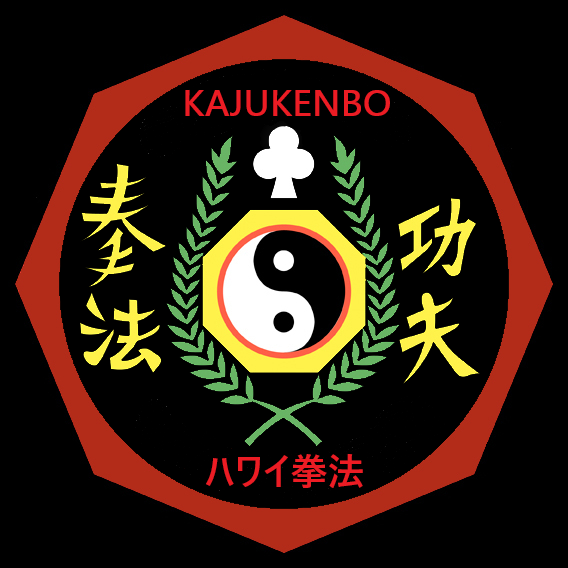The problem with time is that you think you have it.
How much time should you dedicate to training? As much as you can. It can be through weight lifting, a 400 year old Kung Fu form, or just taking the stairs instead of the elevator – just listen to Shia LaBeouf and do it.
The problem is time.
You can train every day, but if you’re not a pro fighter, you’ve got to balance training with work. Pro fighter or not, you also have to balance it with family and everything else in life that makes you human.
A recent video on the internet had a self-defense “expert” (sic) saying you should attend a self defense course two times a year. That’s…not nearly enough. To really learn martial arts/combatitives/self defense/street fighting/whatever-the-hell-you-want-to-call-it, you need to practice, practice, and then practice some more. (Check out our video on the colors of Kajukenbo to hear more about that.)
Ever try learning a musical instrument? Try practicing twice a year and then see how good you are. You can learn all the theory you want – if you don’t practice the damn techniques, you’re wasting your damn time. And remember: every day you don’t train, someone else is training to kick your ass. As Pauli Poisuo said 6 years ago on Cracked.com, “There’s a whole breed of people who excel (in street fights). They’re called criminals.”
So, how do you train at home? It’s hard to really practice a strike if you don’t have something/someone to hit. It’s even harder to practice wrestling. The answer lies in a word most modern combatitive experts and keyboard warriors hate: forms.
Stop rolling your eyes.
Imagine a boxer. She throws a jab-cross-uppercut-roll-cross-roll-hook combo. And practices it. That was a form. Imagine a judoka/bjj practitioner in the mount going for a kimura, failing, trapping the arm, posting on the face, and transitioning to an armbar. Then practicing the body motions for that, alone, in her living room. That was a form.
“Forms” were practiced for various reasons before it became fashionable to let people see what fighting techniques you were showing your students. These days, the strength of “forms” (traditional or three-seconds long) is being able to practice when you’re working 60 hours a week and raising a family on the side. Training with a partner is always exponentially better, but beggars can’t be choosers.
The Hung Gar style of Kung Fu included lots of low stances and power techniques - techniques I wouldn’t recommend in the octagon. But when we train Lau Gar, a Hung Gar form, we keep those stances low and we add isometrics. Now, this old form has suddenly added muscle training.
Is that muscle training as effective as weight lifting? Probably not, but imho weight lifting just isn’t as cool.
Take one motion from the form, say the low horse stance (which is basically a glorified squat), and work the isometrics, focusing on the biceps. On top of working the muscles you work in a squat, you’re working the same muscles you work in a push up.
If you REALLY want to get technical a simple push up then becomes a “form”, if your goal is just building muscle. Make ‘em three second (isometric) pushups and see how you feel.
A student recently asked me how to train at home. Our Kajukenbo club currently meets every Sunday and Monday (barring holidays), and most students can only make one of those days, so for us in particular this is an important question. I’ll give my ideas for workouts at home next time.
